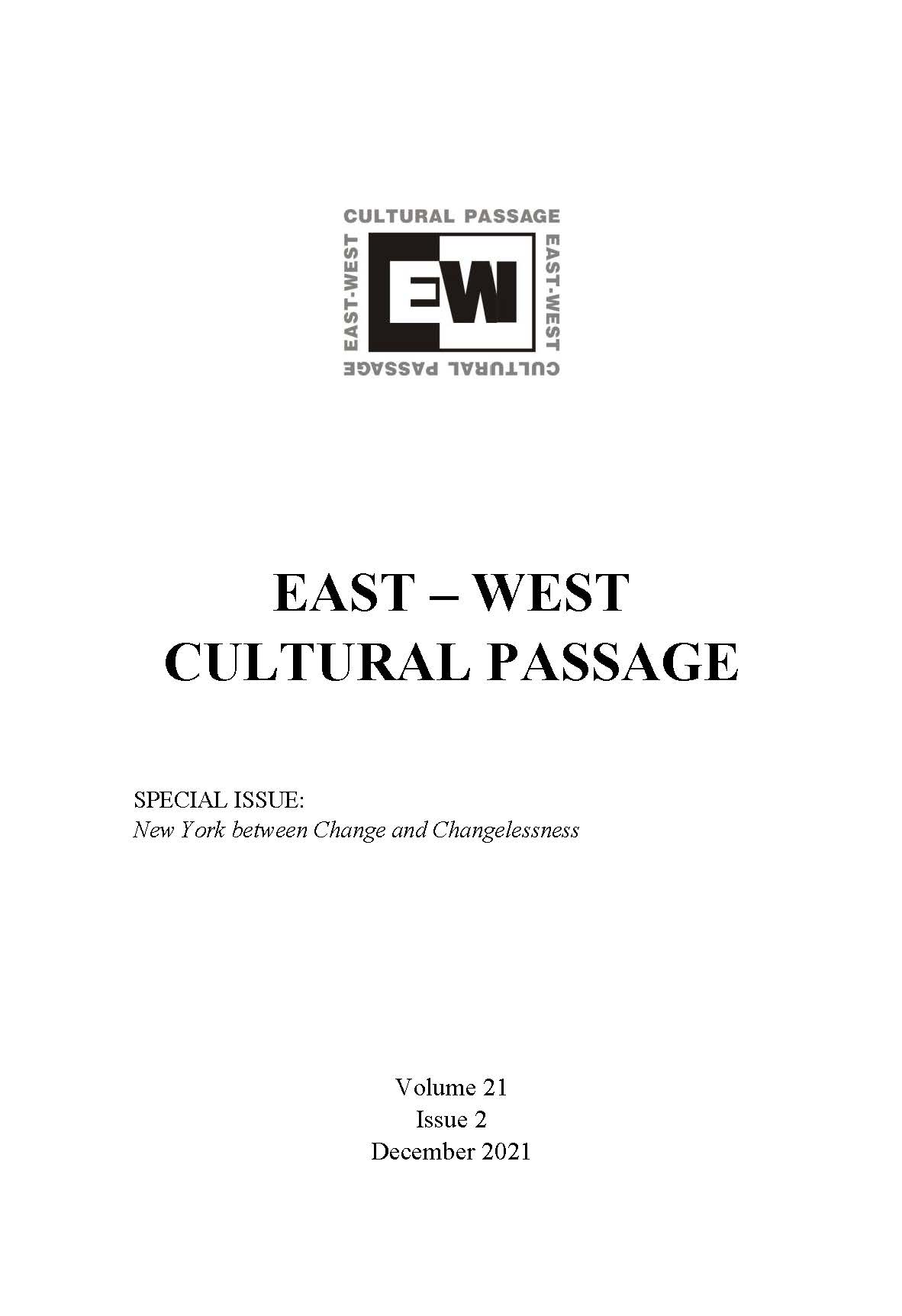“Always Symmetrize!: Forging Bonds in Heart of Darkness”
“Always Symmetrize!: Forging Bonds in Heart of Darkness”
Author(s): Thomas, J. CousineauSubject(s): Language and Literature Studies, Comparative Study of Literature, Theory of Literature, British Literature
Published by: Editura Universitatii LUCIAN BLAGA din Sibiu
Keywords: Symmetric logic; the symmetrical imperative; bilateral symmetry; symmetrical inversion; approximate perfection; alchemical craft of the writer; realization vs. reality; the Exekias Complex;
Summary/Abstract: “Always Symmetrize!,” the title of this essay – which echoes Fredric Jameson’s better-known admonition to “always historicize” – alludes to a type of literary analysis, inspired by the Chilean psychoanalyst Ignacio Matte Blanco’s concept of “symmetric logic,” which I have been working on for several years. Briefly, it treats the makers of literary monuments as engaged – like the alchemists discussed by Mircea Eliade in The Forge and The Crucible – in the task of perfecting the work of nature, a project that they pursue under the guidance of what I call the “symmetrical imperative.” The “unsurpassable horizon” of this literary endeavor is Homer’s Iliad, whose perfectly achieved, albeit covert, bilateral symmetry (magisterially detailed by Cedric Whitman in his classic Homer and The Heroic Tradition) is made overt in the undisputed masterpiece of Greek geometrical pottery – Exekias’s amphora, “Achilles and Ajax Playing Dice,” which I discuss briefly at the outset of my essay. The greater part of this essay is devoted to an analysis of the similarly covert workings of the symmetrical imperative in Joseph Conrad’s modernist masterpiece Heart of Darkness. In the initial phases of this “alchemical process,” Conrad treats as symmetrical the two otherwise asymmetrical stages of Marlow’s journey (first to the Central Station and then to the Inner Station). In its second phase, he creates a container within which to contain this pairing of symmetrized episodes in the form of a narrative whose covert bilateral symmetry achieves, as Fernando Pessoa recommends in The Book of Disquiet, “a realization freed from the taint of reality” (30). Having completed my analysis of this two-fold alchemical process in Heart of Darkness, I then devote a few concluding pages to its return in “The Secret Sharer,” a short-story which Conrad wrote several years after publishing Heart of Darkness, and in which he may well have “perfected the work of nature” even more impressively.
Journal: East-West Cultural Passage
- Issue Year: 21/2021
- Issue No: 2
- Page Range: 167-187
- Page Count: 21
- Language: English
- Content File-PDF

